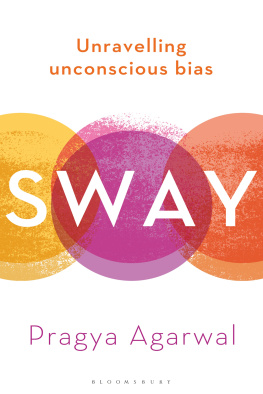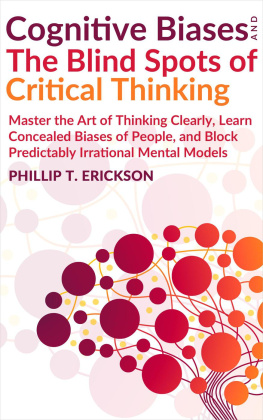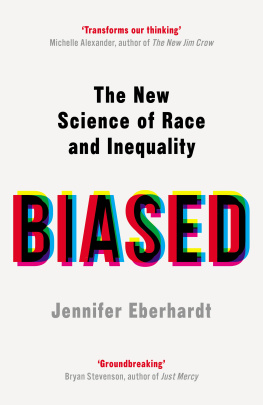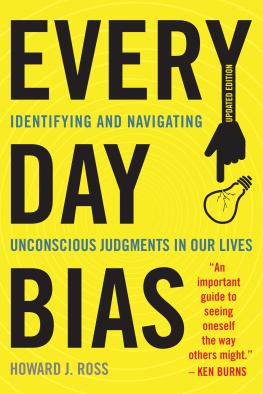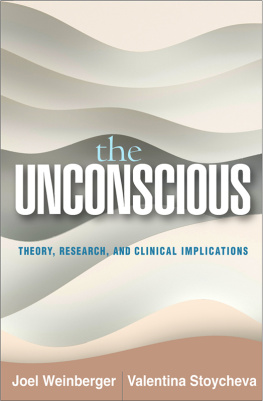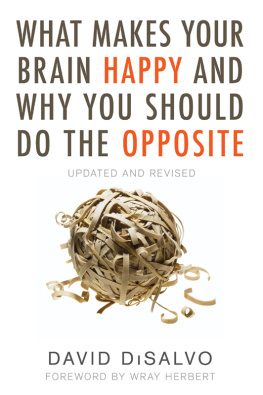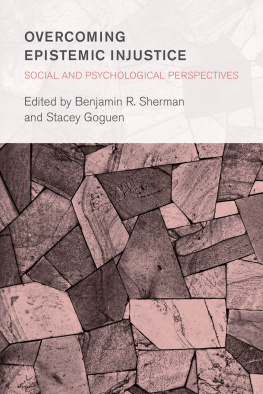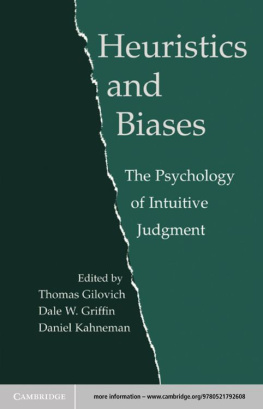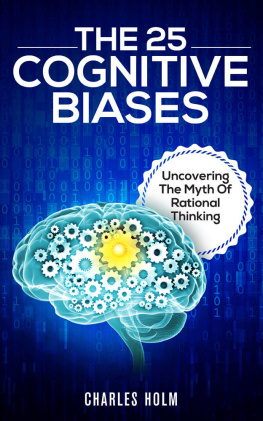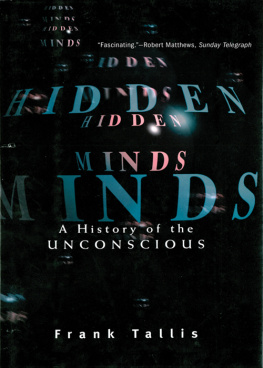
Also available in the Bloomsbury Sigma series:
Sex on Earth by Jules Howard
Spirals in Time by Helen Scales
A is for Arsenic by Kathryn Harkup
Herding Hemingways Cats by Kat Arney
Death on Earth by Jules Howard
The Tyrannosaur Chronicles by David Hone
Soccermatics by David Sumpter
Big Data by Timandra Harkness
Goldilocks and the Water Bears by Louisa Preston
Science and the City by Laurie Winkless
Bring Back the King by Helen Pilcher
Built on Bones by Brenna Hassett
My European Family by Karin Bojs
The Planet Factory by Elizabeth Tasker
Wonders Beyond Numbers by Johnny Ball
I, Mammal by Liam Drew
Reinventing the Wheel by Bronwen and Francis Percival
Making the Monster by Kathryn Harkup
Catching Stardust by Natalie Starkey
Seeds of Science by Mark Lynas
Eye of the Shoal by Helen Scales
Nodding Off by Alice Gregory
The Science of Sin by Jack Lewis
The Edge of Memory by Patrick Nunn
Turned On by Kate Devlin
Borrowed Time by Sue Armstrong
Love, Factually by Laura Mucha
The Vinyl Frontier by Jonathan Scott
Clearing the Air by Tim Smedley
Superheavy by Kit Chapman
18 Miles by Christopher Dewdney
Genuine Fakes by Lydia Pyne
Grilled by Leah Garcs
The Contact Paradox by Keith Cooper
Life Changing by Helen Pilcher
Friendship by Lydia Denworth
For Prishita, India, April
Because you are the future, and
I owe you an unbiased world

Contents
The cause is hidden. The effect is visible to all.
Ovid
Oh, its all right, youre a girl, he said with a laugh.
This was a graduate student I shared an office with during my PhD. I asked for his help with a mathematical problem, and even though I had proven myself better at maths than him on more than one occasion, he patronisingly comforted me as he sat me down to tease out that mathematical algorithm. I was taken aback and, although usually I would let such remarks go, on that occasion I was feeling less generous. I asked him what he meant. Girls arent good with numbers, and youre a girl, he said with a smile. Even though he insisted it was only a joke, I wondered then if he believed this on some level. How did his general perception that girls are not good at numbers come about? And, in turn, how might these throwaway, supposedly jokey remarks that carry such skewed beliefs contribute to a wider societal bias?
Now, as I run sexism workshops in primary schools, so many boys and girls as young as seven years old tell me that boys are better at maths. Boys are also better at football, they tell me very seriously. These implicit gender biases are reinforced from a very young age. When someone remarks that my spirited three-year-old is loud for a girl or that she sure is bossy, they are assigning some specific behaviours that carry the bias that girls are supposed to be quiet. Consider if a boy was doing the same thing. Might he be excused with a boys will be boys or he sure is a little leader? These gendered stereotypes occur in words, images and books around us without us even realising it, and rely on a gender binary that forces children into one of two boxes. Lauren Child, Waterstones Childrens Laureate for 201719, said, I dont know if its just our culture, or whether its a boy thing, that [boys] find it very hard to pick up a book or go to a film if a girl is the central character. I dont know where that comes from, but it worries me because it makes it harder for girls to be equal. An in-depth study of the 100 most popular childrens picture books of 2017 shows that male characters are twice as likely to take leading roles and are given far more speaking parts than females. Where other, non-human creatures feature in books, the gender bias is even more marked. Whenever an author reveals a creatures sex, there is only a 27 per cent chance the character is female. Research in education shows that wrong answers provided by boys are more likely to be overlooked. In contrast, girls are more often criticised for incorrect answers, and teachers tend to provide them with less praise for correct answers. An unconscious bias therefore develops that boys knowledge is more highly valued than girls, which can convince girls they are less competent than boys.
In recent years, the interest in unconscious or implicit bias has increased. These terms are now being used to explain everyday discriminatory behaviour, and references to research into unconscious bias as a key to understanding and tackling social discrimination are at an all-time high. As a rough indication, just in the first three months of 2019, there were more than 3 million mentions on social media.Hillary Clinton mentioned it in her first presidential debate in September 2016, saying that implicit bias in policing can have drastic consequences. In April 2018, a Starbucks manager in Philadelphia called the police on two black men sitting peacefully inside a coffee shop. The culprit, according to Starbucks CEO and the citys mayor, was implicit bias, and Starbucks closed its doors for half a day to put more than 150,000 employees through a training programme. Most recently, Prince Harry talked about unconscious racism in an issue of British Vogue guest edited by Meghan Markle, the Duchess of Sussex, something he has possibly become increasingly aware of as he navigates married life alongside a person who is bi-racial and who continues to face discrimination from the British media due to her race. However, as the awareness, coverage and content around unconscious bias escalates, there is also plenty of misleading information out there. Not all bias is implicit. Unconscious bias does not explain all prejudice and discrimination. And there is a real danger of unconscious bias being reduced to a trend or a fluff word and being used to excuse all sorts of discriminatory behaviour. This is why it is now becoming more crucial, more urgent, than ever to understand what unconscious bias really means, how it is formed, and what its underpinning scientific principles and theories are. Awareness is always the first step. Only then can we begin to address it.
To understand how the notion of bias came about, I investigated the etymology of the word. It is believed to originate from the Indo-European root sker- , which means to turn or bend, and could have foundations in the 13th-century French word biais meaning at an angle or crosswise, with its parallel Greek word having the same meaning, i.e. to cut crosswise. Bias of Priene was one of the so they curved when bowled. Shakespeare uses bias in the literal sense, but also figuratively as in King John (ii:1:575): Commodity, the bias of the world. In this quote, the word means a predisposition, inclination or prejudice, similar to how it is most commonly used today.
In his 1897 book, What Is Art? , Russian novelist Leo Tolstoy wrote:
That most men not only those considered clever, but even those who are very clever, and capable of understanding most difficult scientific, mathematical, or philosophic problems can very seldom discern even the simplest and most obvious truth if it be such as to oblige them to admit the falsity of conclusions they have formed, perhaps with much difficulty conclusions of which they are proud, which they have taught to others, and on which they have built their lives .

